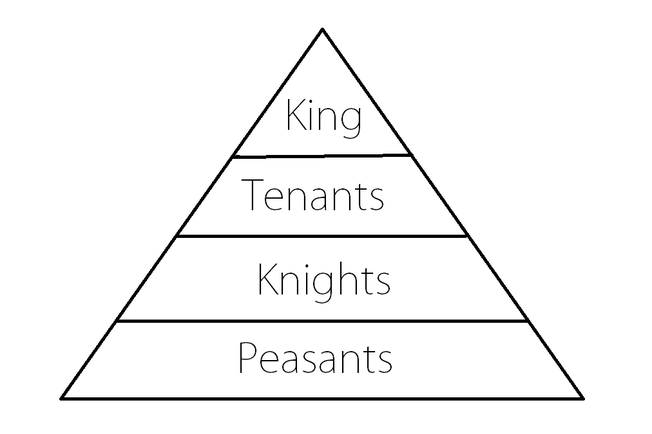

These were spent both in sober churchgoing and in feasting, drinking and merrymaking. Official - that is, church - holidays included not only long “vacations” at Christmas, Easter, and midsummer but also numerous saints’ andrest days. The medieval workday calendar was filled with holidays. When it comes to working for someone else though this number fell to less than 7 hours. People who were working for themselves worked and average of 9 hours a day, and that was the case for farmers tending their crops.

Artisans (Skilled Freemen) who worked for themselves averaged about 9 hours per day across the year (Brown, Colwin and Taylor’s figures for masons suggest an average workday of 8.6 hours) This averaged about 6.5 hours of work during the peak of summer. The Medieval workday of a Blacksmith ArtisanĪccording to Life on the English Manor One day’s work was considered to be the period from morning to lunch. 1570 Feudal servitude dues versus ArtisansĪs we’ve discussed in our article about the medieval farming, on the life of villagers article and on the first medieval social stratification article most of the people under the feudal system had to pay some dues, part of these dues was the day-a-week (One’s day work) of forced labour for the Lord of the Manor that the serf belonged to. – James Pilkington, Bishop of Durham, ca. At noon he must have his sleeping time, then his bever in the afternoon, which spendeth a great part of the day and when his hour cometh at night, at the first stroke of the clock he casteth down his tools, leaveth his work, in what need or case soever the work standeth.

The labouring man will take his rest long in the morning a good piece of the day is spent afore he come at his work then he must have his breakfast, though he have not earned it at his accustomed hour, or else there is grudging and murmuring when the clock smiteth, he will cast down his burden in the midway, and whatsoever he is in hand with, he will leave it as it is, though many times it is marred afore he come again he may not lose his meat, what danger soever the work is in. The worker participating in the eight-hour movements of the late nineteenth century was “simply striving to recover what his ancestor worked by four or five centuries ago.” Thorold Rogers, the medieval workday was not more than eight hours. During slack periods, which accounted for a large part of the year, adherence to regular working hours was not usual. These rest periods were the traditional rights of laborers, which they enjoyed even during peak harvest times. Depending on time and place, there were also midmorning and mid afternoon refreshment breaks. It stretched from dawn to dusk (sixteen hours in summer and eight in winter), but, as the Bishop Pilkington has noted, work was intermittent – called to a halt for breakfast, lunch, the customary afternoon nap, and dinner. Medieval life was hard, and perilous, but it was a life that was enjoyed. Consider a typical working day in the medieval period. Work and restīut our medieval workday labourers almost never reached this amount of work. To conclude this meant that during summer months the longest medieval workday was no longer than 16 hours and during winter that fell under 8 hours (Central Europe). That said even in those cases work was rarely carried out during the small hours. Medieval Halls in some occasions allowed people to stay up longer in communal places but these kind of structures are only found in places where winters are long and heavy (see northern Europe). Keeping a room or a location lit during the hours of the night was an expensive affair and only the richest were able to extend the hours of light in a day. For literally, thousands of years the work day was no longer than the hours of daylight in a day, sole exception, and not in all cases, to this rule was the mining industry.

The medieval workday was hard but in many ways closer to the human nature.įirst and foremost, and that is a very important point that people tend to disregard. In truth the work day before the industrial revolution was a really different affair. We are taught to believe that our current 40 hours workday is much better than the 19th century 80 hour weeks which, according to capitalism, was the case for hundreds of years.


 0 kommentar(er)
0 kommentar(er)
